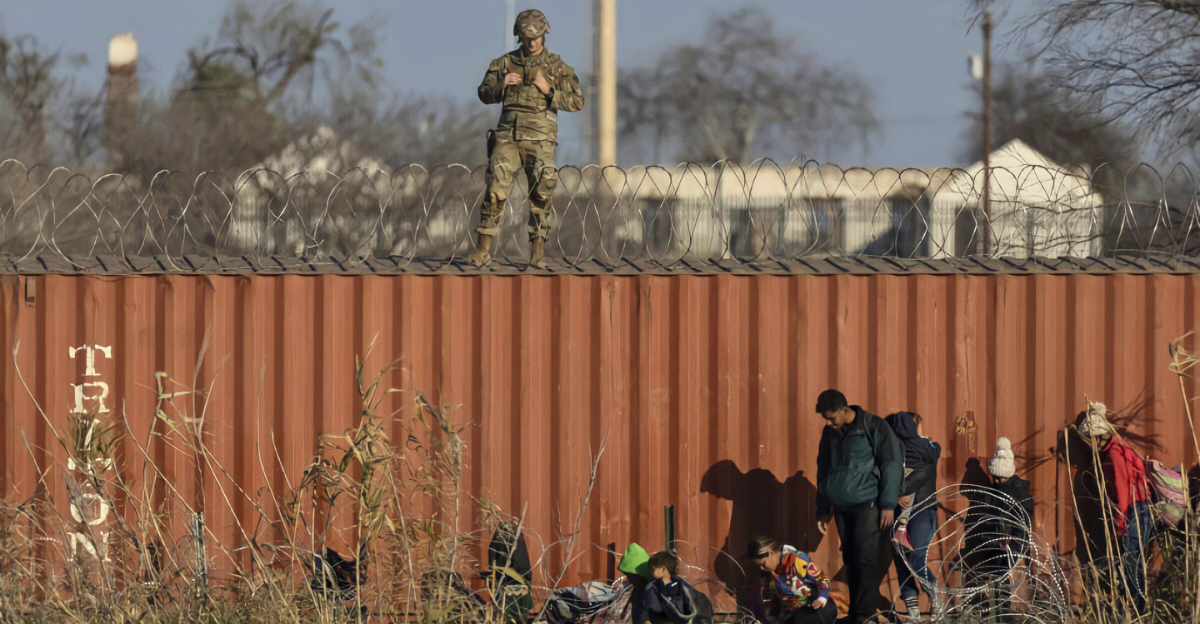
International conflicts have doubled in just five years, with one in eight people now exposed to active violence worldwide. The Armed Conflict Location and Event Data Project recorded a devastating 25% increase in political violence incidents over the past twelve months. Security experts are calling 2025 potentially the most dangerous year for global stability in decades, as state-based armed conflict has jumped from eighth place to become the top global risk.
1. Ukraine: Europe’s Bloodiest War Since World War II

Ukraine remains Europe’s deadliest active conflict, with verified civilian casualties reaching 13,580 killed and 34,115 wounded by June 2025, according to UN data. The war has consumed over $407 billion in international aid while Russia continues to occupy roughly 20% of Ukrainian territory. Multiple sources estimate total military casualties at between 400,000 and 700,000 killed and wounded combined for both sides, making this the most devastating European conflict since World War II.
2. Gaza and Israel: The World’s Most Dangerous Place
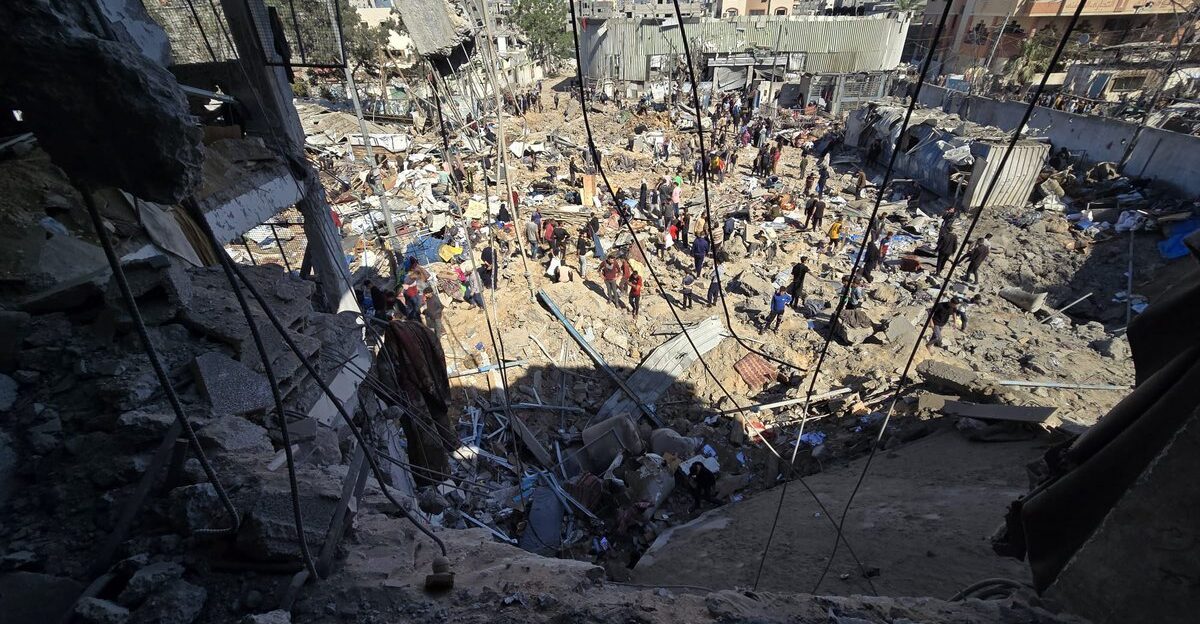
Gaza’s death toll has surpassed 60,000 Palestinians killed according to the Health Ministry, with nearly a third under age 18. Recent analysis published in The Lancet suggests the actual trauma-related deaths could exceed 80,000 when accounting for underreporting. The conflict has expanded across multiple fronts, including Lebanon, Syria, and confrontations with Iran, while 1.9 million Palestinians—90% of Gaza’s population—face acute food insecurity as fighting continues.
3. Sudan: Africa’s Forgotten Humanitarian Catastrophe
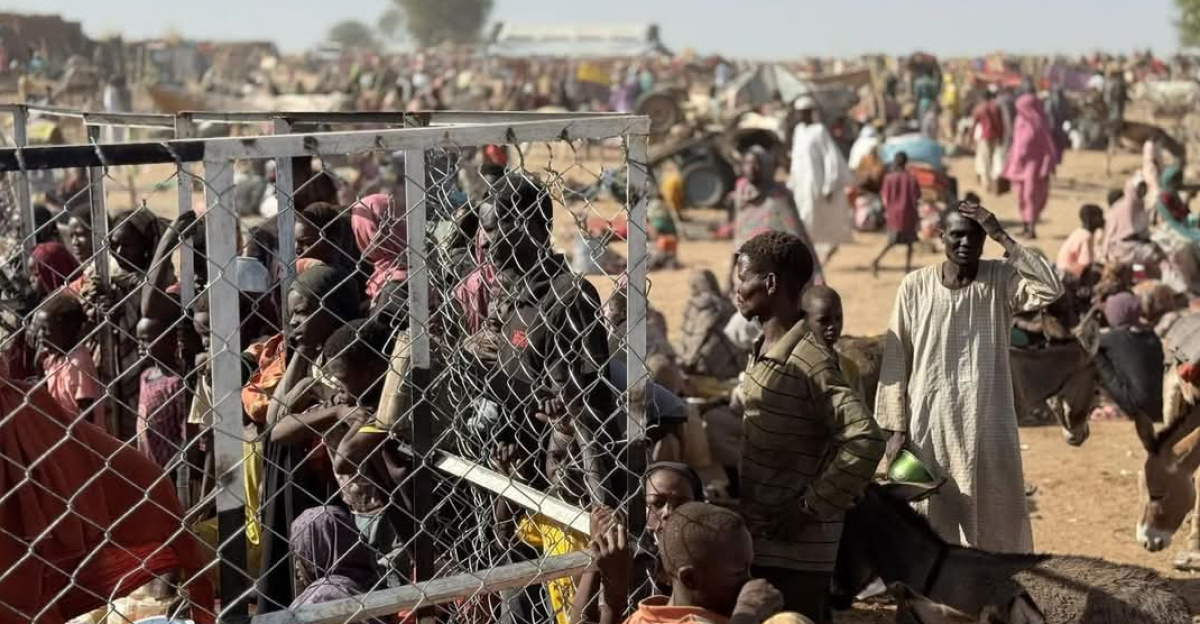
Sudan’s civil war has become the world’s fourth-deadliest conflict according to ACLED data, with over 28,700 reported fatalities by November 2024, including 7,500 civilians killed in direct attacks. However, estimates suggest the actual death toll could exceed 150,000 when including starvation and disease-related deaths. The conflict has displaced over 14 million people—more than half Sudan’s population—creating the world’s largest displacement crisis.
4. Myanmar Civil War: Military Junta Loses Control

Myanmar’s military junta controls only 21% of the country’s territory while rebel forces and ethnic armies hold 42%, according to a Council on Foreign Relations analysis. UN data shows at least 6,231 civilians have been killed since the 2021 coup, with 1,824 people killed in 2024 alone, the highest annual death toll since the coup began. The military has resorted to forced conscription after losing nearly 170,000 soldiers, while over 3 million people remain internally displaced.
5. Taiwan Strait: China’s Military Buildup Creates a Powder Keg
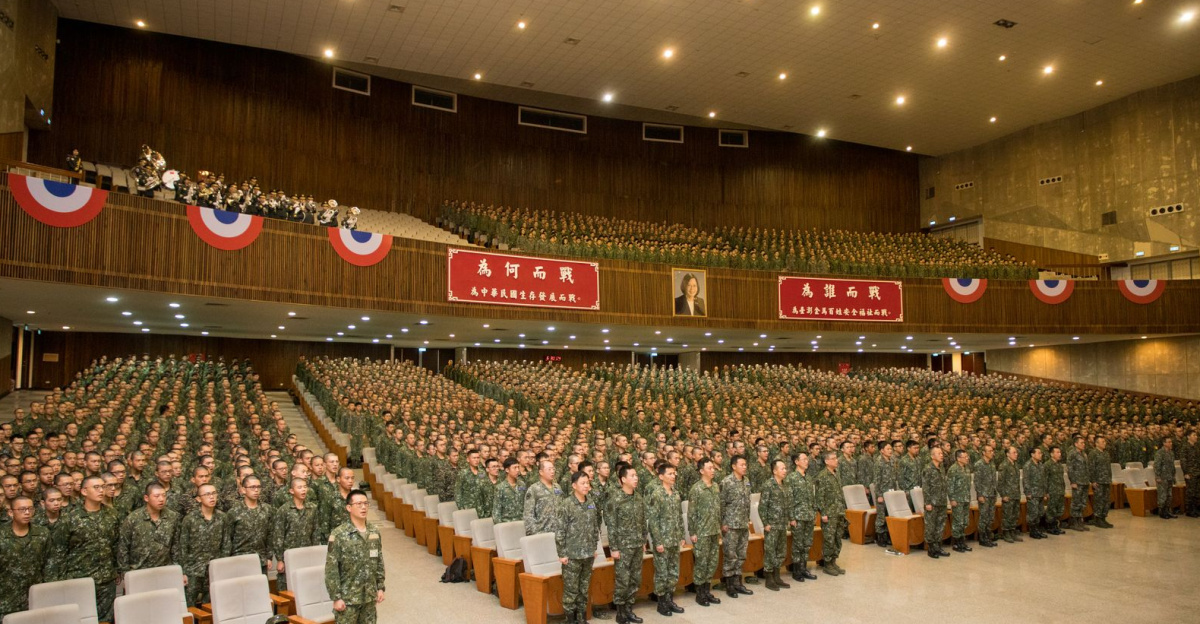
China’s military modernization has transformed the Taiwan Strait into a flashpoint, with the People’s Liberation Army conducting 3,011 sorties into Taiwan’s air defense zone in 2024—triple the 2021 level. Beijing has normalized massive naval exercises around the island while deploying new amphibious capabilities. Crisis Group analysis suggests fears of an imminent invasion attempt are growing among regional security experts, as China’s military buildup indicates it is serious about taking Taiwan.
6. Sahel Region: Africa’s Terror Crisis Spreads
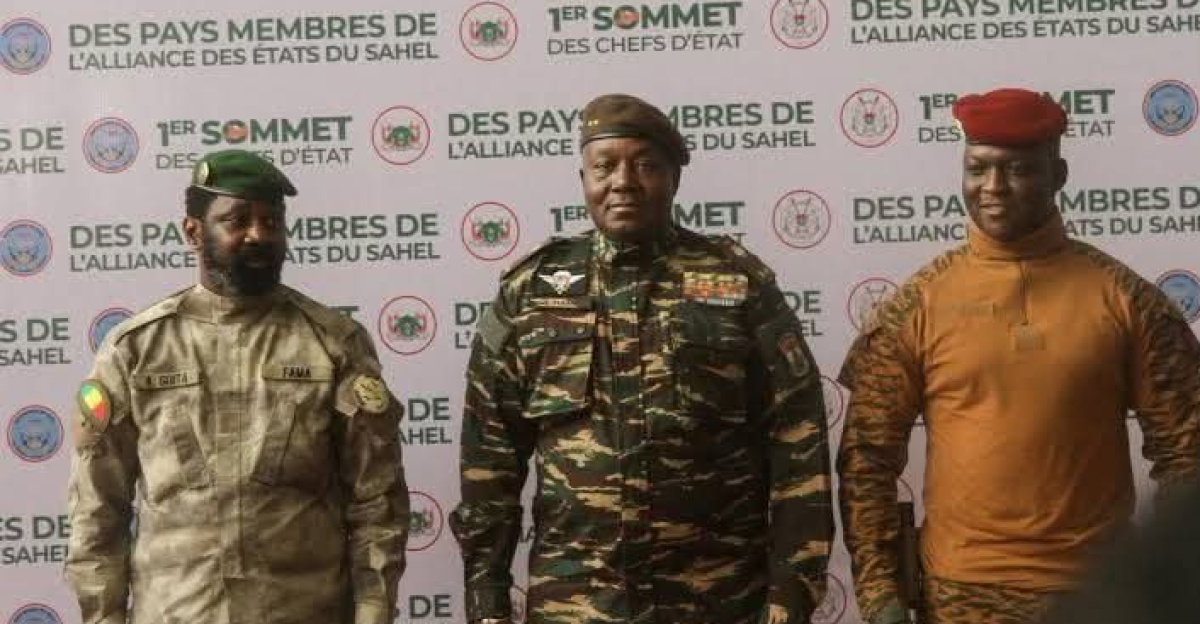
The Sahel region now accounts for 51% of global terrorism deaths, representing a catastrophic increase from just 1% seventeen years ago. Burkina Faso remains the world’s most terrorism-affected nation for the second consecutive year, with 1,532 deaths in 2024 according to the Global Terrorism Index. Niger saw the largest increase in terrorism deaths globally, surging 94% to 930 fatalities, while Mali recorded 604 deaths from terrorist attacks.
7. Somalia: Al-Shabaab’s Deadly Campaign Continues

Somalia accounts for roughly a third of all militant Islamist-related fatalities on the continent, making it Africa’s second most active terror theater after the Sahel. Vision of Humanity data shows 359 terrorism-related deaths in 2024, with Al-Shabaab responsible for nearly all attacks. The group’s deadliest incident occurred in Mogadishu, where a suicide bombing and armed assault on a hotel killed 37 people, demonstrating their continued capability to strike urban centers.
8. South China Sea: Naval Confrontations Escalate Daily

The South China Sea disputes involve multiple nations in dangerous standoffs over territorial claims and military buildups. China has been conducting intimidation campaigns against Philippine vessels, prompting warnings from Beijing about “high alert” status in the region. War on the Rocks analysis shows Beijing’s campaign of intimidation has run aground as Southeast Asian nations look to hedge their way out of troubled waters, creating volatile conditions for accidental escalation.
9. Korean Peninsula: Nuclear Neighbors Playing with Fire
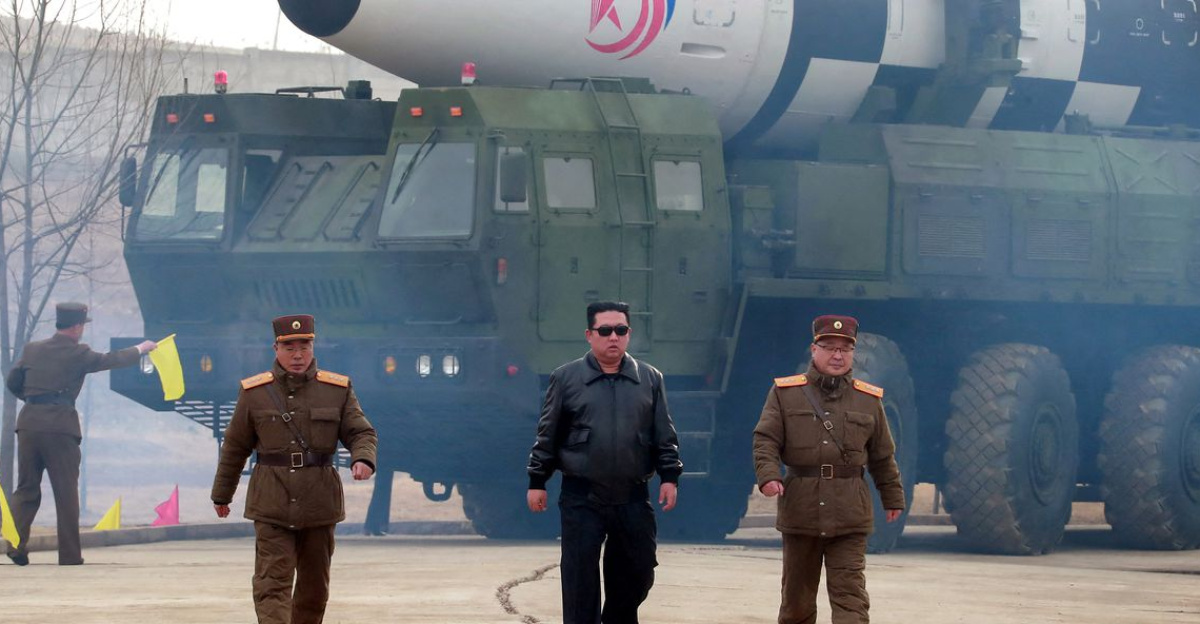
North Korea’s nuclear weapons expansion and more assertive military posture have created dangerous tensions on the Korean Peninsula. The regime has justified its atomic weapons expansion while maintaining a mutual defense pact with Russia that includes military activity in Ukraine. Arms Control Association reports show Kim Jong Un’s threat perception has intensified, with domestic political instability in South Korea adding another volatile element to this nuclear flashpoint.
10. Middle East Iran Confrontation: Regional War Looms
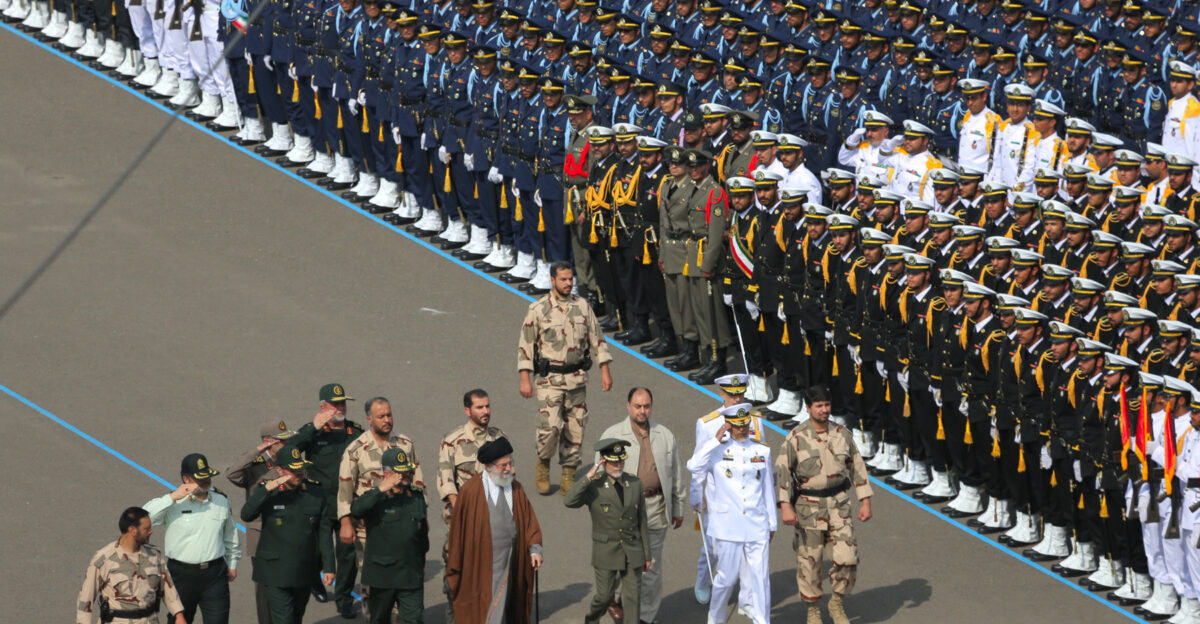
Iran’s conflict with Israel and the United States represents one of the most dangerous regional flashpoints, with direct attacks and counterstrikes escalating throughout 2024. Multiple analysis reports suggest fears of a full-scale Iran-Israel war persist, which would draw in the United States and generate long-term instability across the entire Middle East, as demonstrated by the expansion of fighting across Lebanon, Syria, and other regional fronts.
11. India-Pakistan: Nuclear Powers Exchange Fire
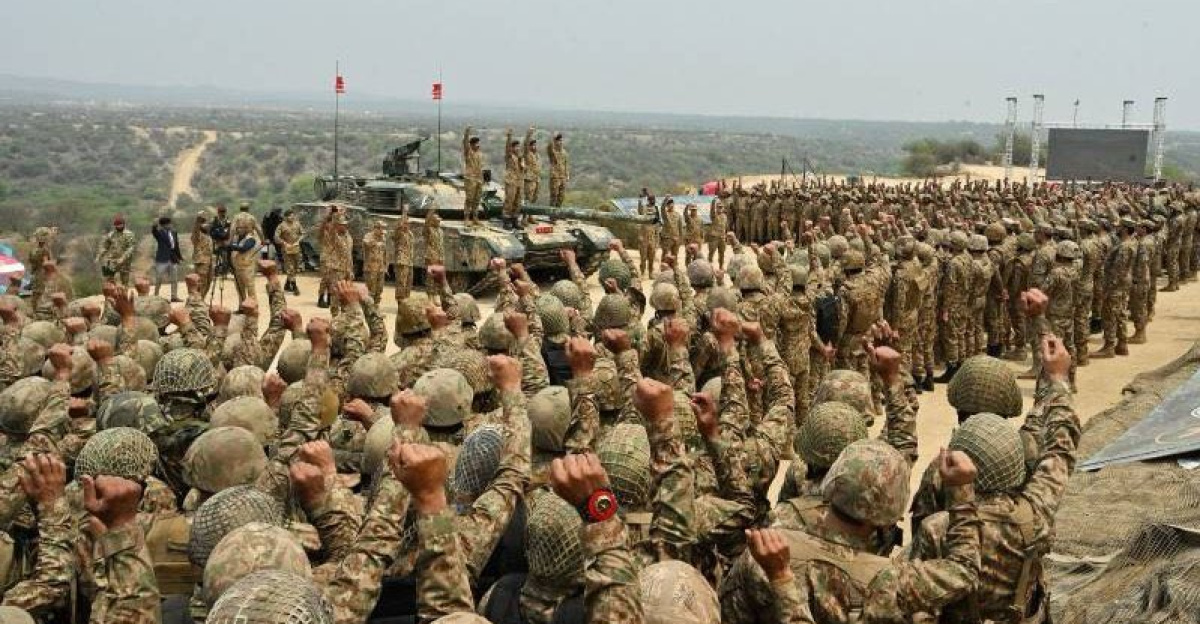
The first direct India-Pakistan military conflict in decades erupted in May 2025 following the Pahalgam terrorist attack, marking the first drone warfare between nuclear-armed neighbors. Both nations exchanged missile strikes for four days before agreeing to a ceasefire. Center for Strategic and International Studies research demonstrates how quickly regional tensions can escalate to existential threats, with 49 days of hostilities in the Kashmir region creating massive humanitarian concerns.
12. Armenia-Azerbaijan: Frozen Conflict Ready to Explode

Peace talks between Armenia and Azerbaijan remain stalled despite the Trump administration’s efforts to broker a deal at the White House in August 2025. US News analysis shows that the Nagorno-Karabakh region continues to generate tensions, with displacement issues silenced in proposed treaty negotiations. Modern Diplomacy reports warn that normalization efforts must confront deep-rooted issues that could trigger renewed fighting between these Caucasus neighbors at any moment.
13. Ethiopia: Civil War Tensions Return
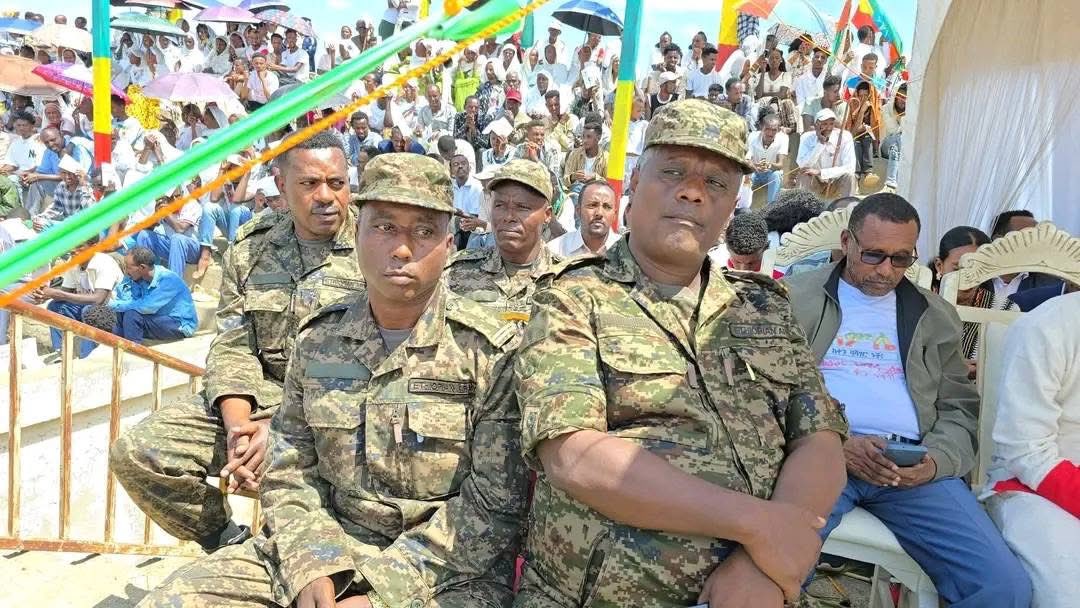
Ethiopia faces renewed civil war tensions as conflicts in the Tigray region threaten to reignite broader fighting. Understanding War analysis shows concerns about a new Tigray war looming, with Eritrea’s involvement complicating regional dynamics. Martin Plaut’s investigation reveals how previous peace agreements remain fragile, with multiple ethnic conflicts and political instability creating conditions for expanded civil war across the Horn of Africa.
14. Colombia-Venezuela Border: Violence Spills Across Borders
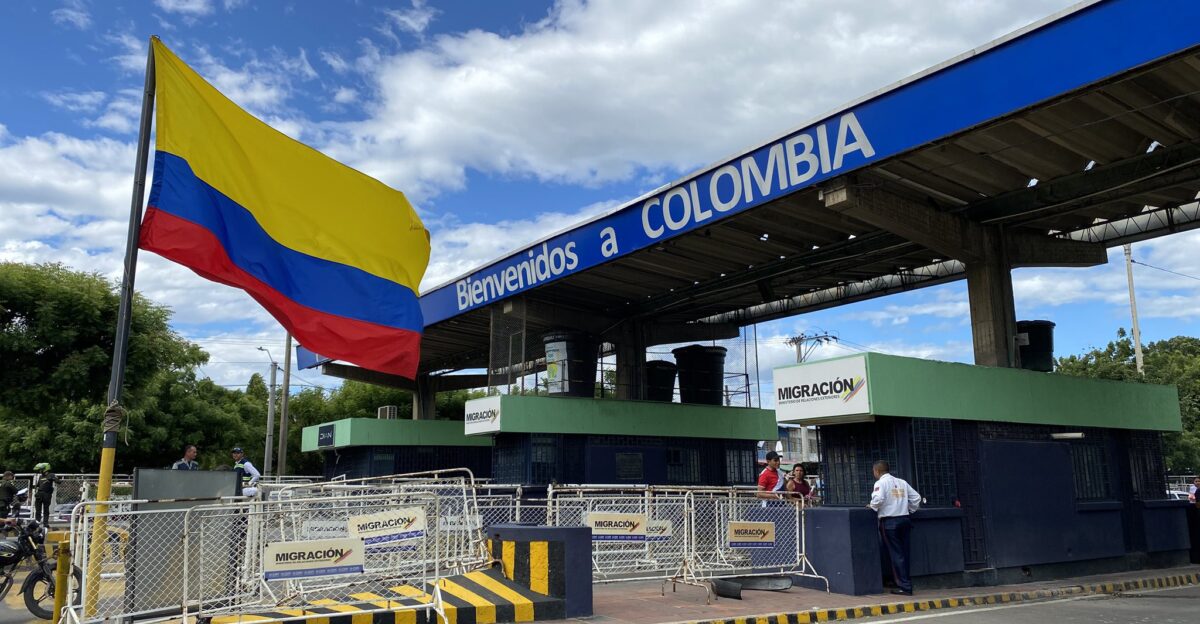
Armed conflict and mass displacement plague the Colombia-Venezuela border region, with President Petro decreeing emergency powers amid deadly violence in early 2025. Human Rights Watch reports show armed groups battering the border region, while The New York Times investigation reveals how Venezuela helps feed the violence in Colombia. Relief Web data indicates the 2025 Catatumbo clashes have displaced thousands as armed groups compete for territorial control.
15. Russia’s Occupied Territories: Frozen Conflicts Everywhere
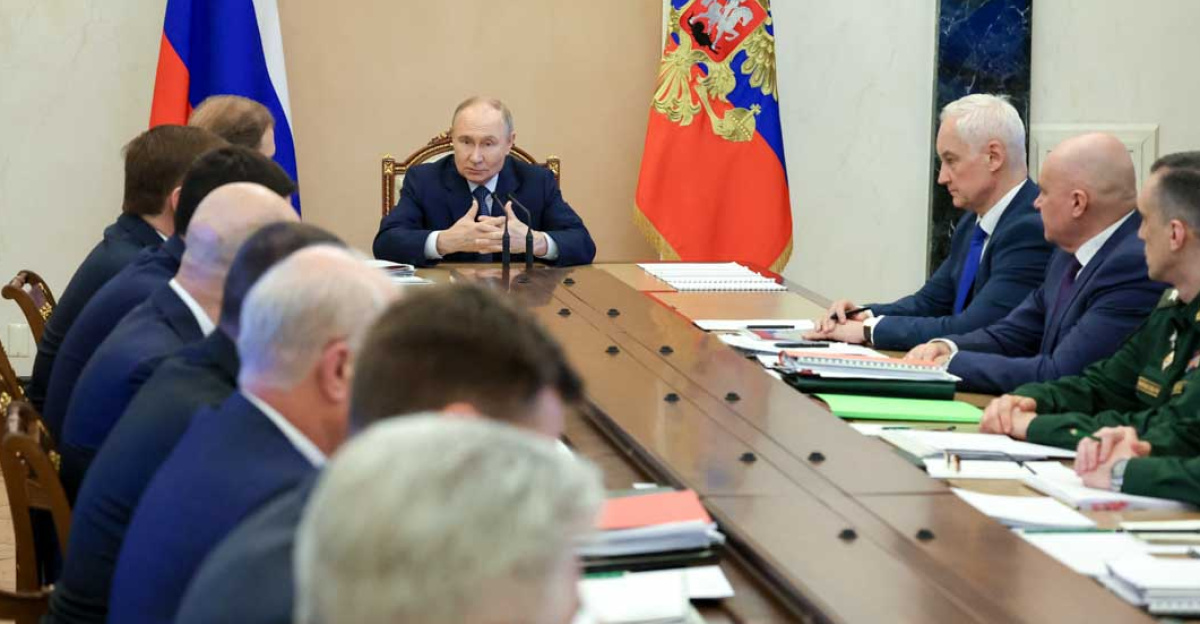
Russia’s occupation of territories in Georgia, Moldova, and Ukraine demonstrates Moscow’s systematic strategy of creating “frozen conflicts” to maintain regional influence. European Council on Foreign Relations analysis shows these occupied zones serve as launching points for further destabilization, with Transnistria, Abkhazia, and South Ossetia functioning as Russian military outposts that threaten regional stability across multiple fronts.
16. Libya: Political Competition Turns Violent
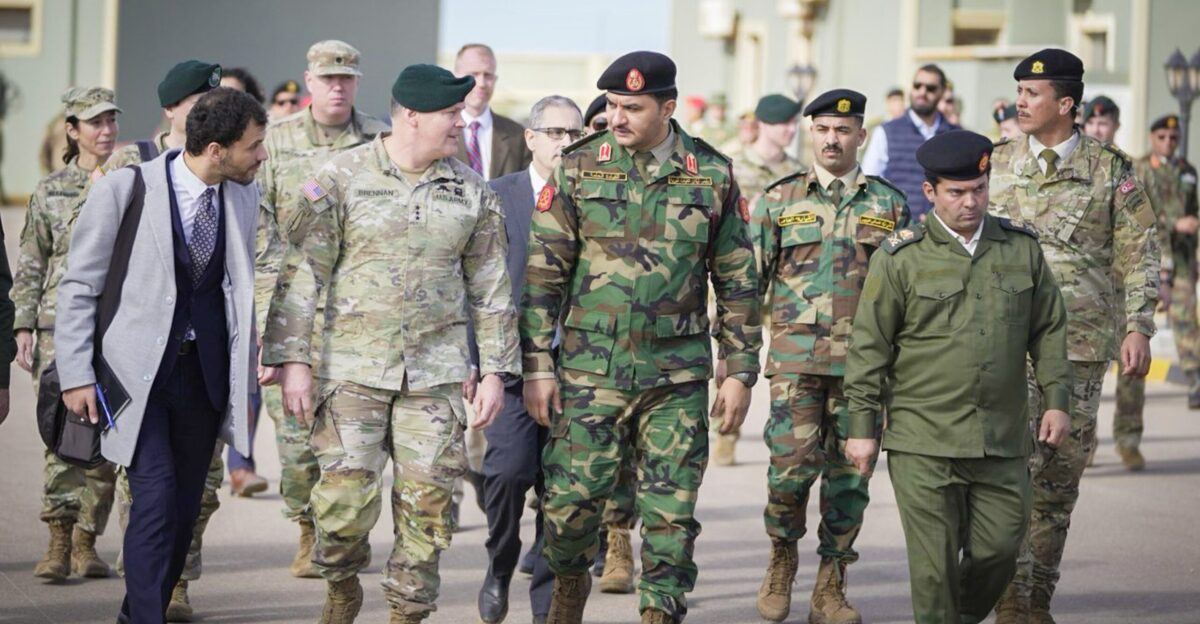
Libya’s security situation remains precarious as political competition and infighting among Tripoli’s armed groups reach beyond the capital. ACLED analysis shows armed groups competing for control, while the UN warns that a military buildup threatens renewed conflict. The aftermath of Tripoli clashes has put Libya’s fragile stability to the test, with Security Council reports indicating the situation could deteriorate rapidly into a broader confrontation.
17. Kosovo-Serbia: Balkan Tensions Never Ended
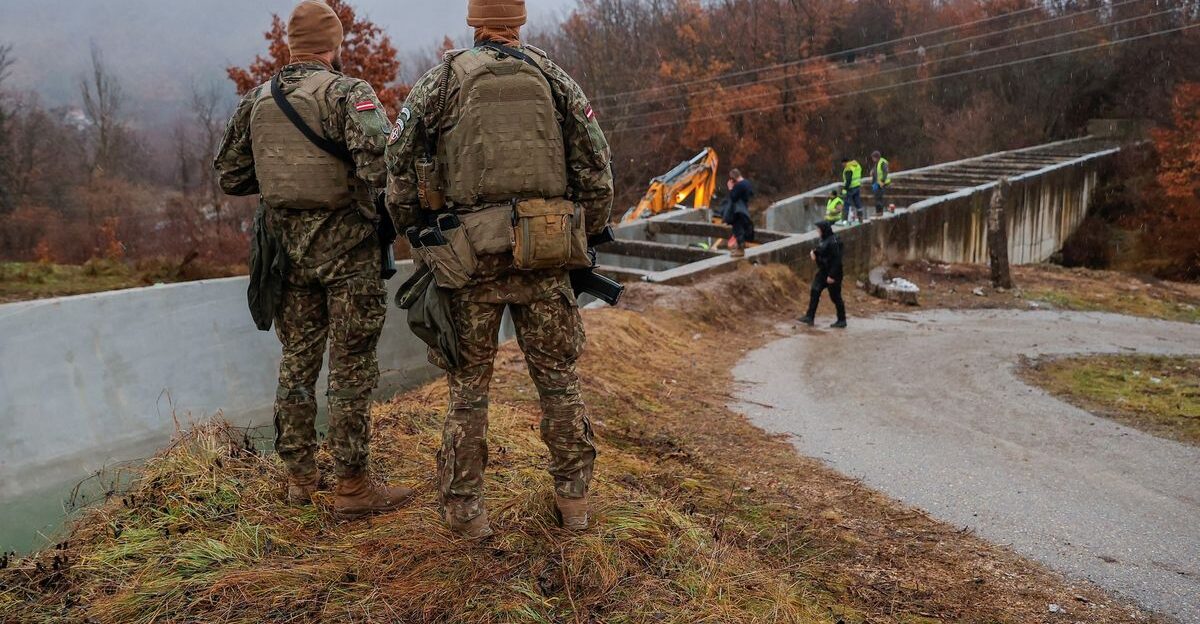
Kosovo-Serbia tensions continue to flare through border incidents and ethnic confrontations, with normalization talks suspended according to recent diplomatic analysis. The crisis in North Kosovo from 2022 to 2025 demonstrates how quickly situations can escalate in the Balkans. PBS investigation reveals renewed tensions stem from unresolved issues dating back to the Kosovo War, creating ongoing instability in southeastern Europe.
18. Afghanistan: Taliban Rule Creates Regional Instability
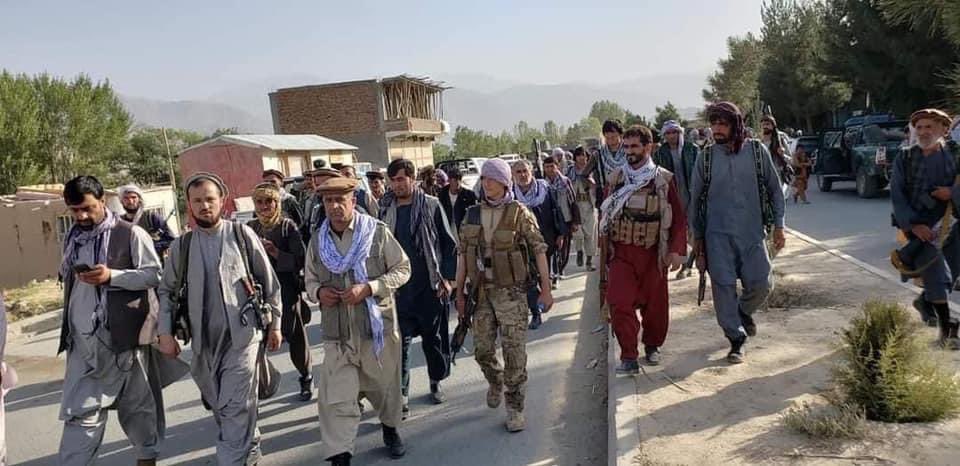
Afghanistan under Taliban control continues to generate regional instability through cross-border terrorism, refugee flows, and humanitarian collapse. The regime’s support for international terrorist groups and oppression of women has isolated the country diplomatically while creating conditions for renewed conflict. International Crisis Group analysis shows the Taliban’s inability to govern effectively creates a failed state situation that threatens security across Central and South Asia.
The Ultimate Test: Will the World Survive These Crisis Points?

These eighteen dangerous flashpoints represent a fundamental test of international order in the 21st century. The interconnected nature creates cascading risks where conflict in one region could trigger broader confrontations, as China backs North Korea, Iran supports proxy groups across the Middle East, and Russia maintains multiple occupation zones. The global response to these simultaneous crises will determine if the international system can adapt to address multiplying conflicts or face continued fragmentation and escalating violence that could reshape the world order for generations to come.